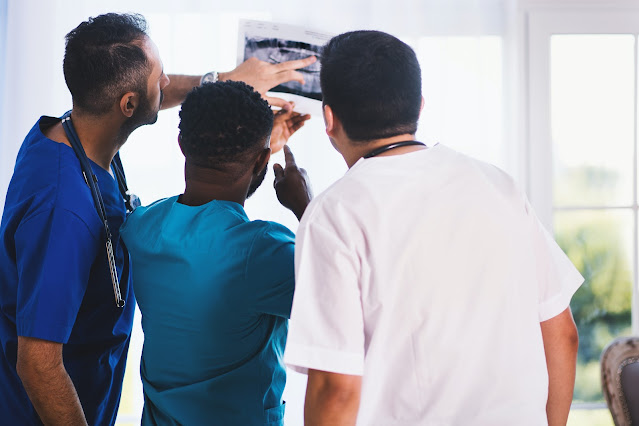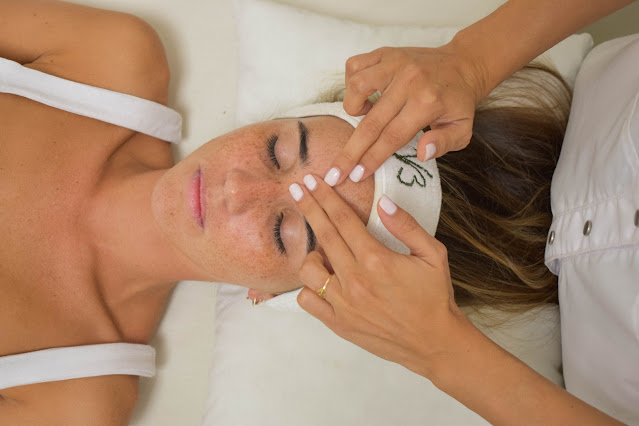Pain Following Dislocated Shoulder: Learn More About Treatment Options From Orthopedic Surgeon
If you dislocate your shoulder during a traumatic event, it is highly likely that you tore the ligament in your shoulder and stretched the capsule around your shoulder during your injury. When you tear the labral ligament in your shoulder, it makes your shoulder more vulnerable to becoming dislocated again.
One of the functions of the shoulder's labral ligament is to keep the ball of the shoulder joint in the shoulder's shallow cup (called a glenoid). Following a tear of the labral ligament, your shoulder may feel unstable depending on the position of your arm. Most often, when you bring your arm behind your head, or put it in the same position you do when you wave goodbye, you are likely to feel shoulder instability.
If you dislocated your shoulder, your treatment plan should include wearing a sling for up to 3 weeks, depending on the advice of your Orthopaedic Center Tulsa doctor. The sling keeps your shoulder immobilized in the external rotation position. Following this period of immobilization, you should start physical therapy. Your physical therapist will likely guide you with a closed chain shoulder program. During physical therapy, you will work to strengthen the muscles around your shoulder joints.
If you are still experiencing instability after the physical therapy is complete, your orthopaedic doctor will likely recommend an MRI arthrogram of your shoulder. The MRI arthrogram will show whether your labral is torn. It will also reveal the condition of your rotator cuff and whether there is any bone damage. It is possible that you may need to have shoulder surgery. If you are an athlete and are in the middle of your sports season, you may be able to wear shoulder braces to delay shoulder surgery. These shoulder braces restrict some shoulder movements, but you can wear them during the rest of your season and have surgery, scheduling shoulder surgery after season is finished.
If you have to have shoulder surgery, it is typically an outpatient procedure that involves arthroscopy. A board certified orthopaedic surgeon is qualified to do this procedure which typically includes reattaching the torn labrum to the glenoid.
Recovering from Shoulder Surgery
You can expect a four to month recovery period from
arthroscopic shoulder surgery. Immediately following surgery, you will
typically spend about a month in a sling, starting with gentle circular
movements called pendulum exercises. Once you are out of the sling, you will
begin more exercise to improve your range of motion. Typically your orthopaedic
surgeon will limit the amount of motion you do for about 8 weeks following the
surgery. You'll begin to strengthen your shoulder at about this point. Most
athletes are able to return to their sport following surgery and recovery
without problems.




Comments
Post a Comment